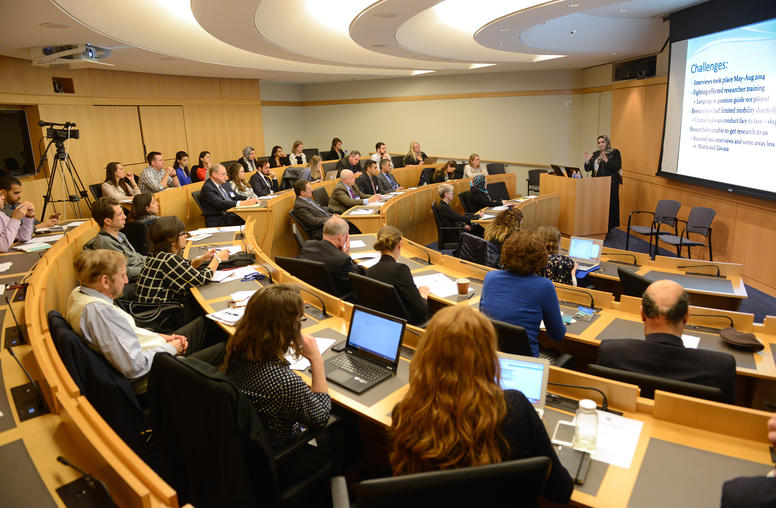Why is Religious Literacy Important?
Religion has played a central role in events throughout human history, from the most praiseworthy to the appalling and unspeakable. Its influence is at times ubiquitous, so much so that the conceptualization of religion as an isolated phenomenon is not universal. In many regions of the world, there are no “religious” or “secular” aspects of culture — religion and culture are intertwined.

As such, it is imperative that world leaders, policymakers and peacebuilding practitioners prioritize their understanding of religion and the central role it plays in human affairs. Without religious literacy, leaders are susceptible to gross misinterpretations of the motives, values and worldview of the people they seek to serve. Religious sentiment serves both as a catalyst for violence and an unparalleled inspiration for reconciliation and healing. Ignorance towards these trends only hinders the path towards lasting peace.
The Three Dimensions of Religious Literacy
Religious literacy can be considered in three ways. Outlined below are three “dimensions” of religious literacy, as identified by Susan Hayward, and further described in her report linked below. These different forms of religious literacy are all important when trying to understand a holistic picture of “religion” in a particular context.
- Substantive Literacy: Understanding the teachings, doctrines, symbols and practices of a religious tradition. This dimension seeks to genuinely understand a tradition through the eyes of the believer, sometimes referred to as the “insider” perspective.
- Functional Literacy: Understanding the cultural, historical, political and social context in which a particular religious tradition exists. This dimension seeks to take a broader view of a tradition — the “observatory” perspective.
- Engagement Literacy: Understanding how and when to engage with religious actors. This dimension considers the ethical, legal and strategic constraints on religious engagement that are relevant to peacebuilding — the “mindful” perspective.
USIP’s Work
USIP’s religion and inclusive societies program has various initiatives that support religious literacy, particularly engagement literacy. In fact, we believe that it is essential to any peacebuilding activity that might engage religious actors to evaluate religious literacy and to equip practitioners with the tools to understand how and when to engage religious actors and institutions effectively so as to do no harm.
USIP engages with religious actors and institutions to support peacebuilding efforts around the world, including but not limited to: Afghanistan, Sri Lanka, Colombia, Ukraine, Nigeria and Northern Ireland. Furthermore, to equip religious actors and those seeking to engage them in peacebuilding activities, we have developed tools to encourage thoughtful, careful and effective religious engagement, including USIP and Search for Common Ground’s Religious Engagement in Peacebuilding online course; the Introduction to Religion and Peacebuilding online micro-course; and a series of action guide toolkits on religious peacebuilding. We regularly publish action guides and research on religious issues, which you can find below. We are actively engaged in this important work, and we hope that you will choose to do so as well.
Featured Projects

Religion and Conflict Country Profiles
Religion has shaped the formation of conflict narratives, as well as understandings and perceptions of the war within different communities. Misunderstanding and indifference to the role of religion in society can significantly exacerbate conflict dynamics, while understanding the peacebuilding potential of religious communities can shape interventions and create opportunities for future stability and social cohesion.

Religious Peacebuilding Action Guides
These Action Guides provide a practical overview of the religious peacebuilding field and the role religion plays in driving both conflict and peace, examples of how religious actors and institutions have contributed to the prevention and resolution of conflict, and considerations for how best to engage the religious sector in peacebuilding.

Religious Landscape Mapping in Conflict-Affected States
Peacebuilding practitioners and diplomats are often unsure how to tailor their trainings and/or engagement to fully tap into the influence of religious actors in peacebuilding, or they are anxious about navigating what can seem a complex, dynamic, and confusing religious landscape.